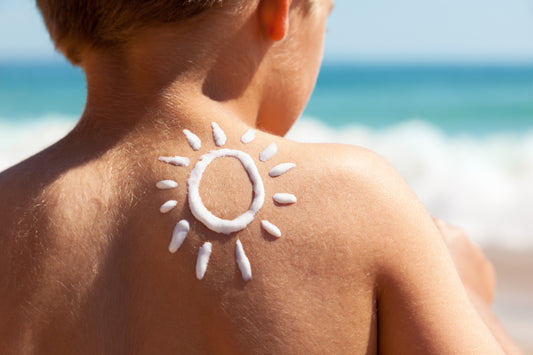Formulation Material Selection
High SPF Sun Care Formulation Strategy

Language: English
Length: 90 min
Recorded on: 09 Oct 25
Package Includes
6 months access to Course Recording, Presentation Slides, Q&A Transcript
Course Description
Achieve high SPF & good UVA ratings with improved skin feel while minimizing actives in your sun care product formulation
Julian Hewitt will help you find ways to make actives more efficient and share practical strategies to help boost SPF: UV filters selection (organic, inorganic), rheology & film forming, photostability, cost, water-resistance...
Julian Hewitt will help you find ways to make actives more efficient and share practical strategies to help boost SPF: UV filters selection (organic, inorganic), rheology & film forming, photostability, cost, water-resistance...

Julian Hewitt
0 courses
See Tutor Profile
Why should you view this course?
Who should join this course?
-
This course is suitable for intermediate level proficiency
Intermediate
Questions you will be able to answer after this course:
Course Outline

Share this Course
Share this Course
https://courses.specialchem.com/products/high-spf-sun-care-formulation-strategy

